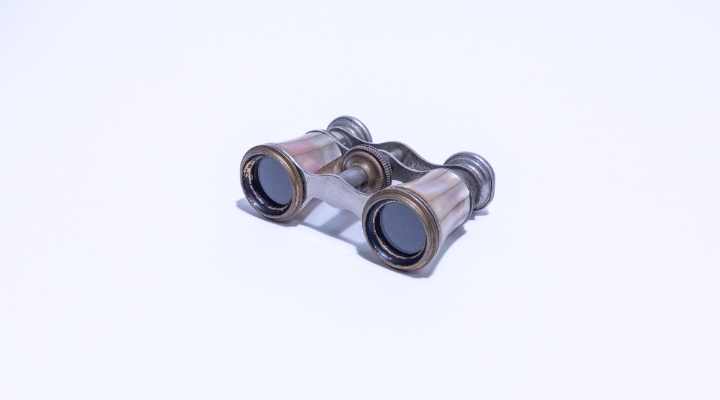Ian Tam: This month, Morningstar launched our new Factor Profile analysis in Canada. The Factor Profile for most investors can be thought of as an expansion to Morningstar Style Box, which is a quick and intuitive way to understand the characteristics of an equity fund's holdings. The original Style Box looked at just two dimensions – style referring to the tilt to growth or value and size referring to a fund having a small cap or a large cap exposure. Here's what the classic Morningstar Style Box looks like.
The closer a fund is to the left of the box, the more value tilted the holdings are. The closer the holdings are to the top of the box, the larger the companies are in the portfolio. The new Morningstar Factor Profile looks at seven dimensions, all of which are widely regarded by the investment community as potential drivers of investment returns. The Factor Profile is advantageous in that it is a holdings-based analysis. And as such, it doesn't require a fund to have a very deep history, making it particularly useful for newer funds. Secondly, the methodology used in the Factor Profile ranks funds against a global universe. So, factor exposures for funds that are not in the same category can be compared apples-to-apples. Today, we'll have a look at the Factor Profile in practice for three different equity funds.
To start off with, let's have a look at the iShares ESG MSCI Canada ETF (XESG). The fund has an inception date of March 18, 2019, just a nine-month history. Even so, what we can tell is that compared to our global universe of portfolios, this investment holds companies that have a higher return on equity and lower leverage as denoted by the placement of the blue dot in the quality capsule. Moreover, when compared with the category average of Canadian equities, the quality of companies held seems to be ranked higher than that of comparable funds since the dot is placed higher than the black line, which represents the category average. What we can also see is that the fund currently holds stocks exhibiting low volatility returns defined by standard deviation of returns over the trailing 12 months. This can be seen through the volatility capsule and the placement of the dot near the bottom of the capsule.
Let's have a look at another fund, perhaps one with a longer history. Here's the Factor Profile for the Mawer US Equity A class, a five-star gold-rated fund. Because we happen to have more history, we can see not only the factor exposure across the same seven factors, but also the historical range of factor exposures over the last five years denoted by the light blue shading within each capsule. Here we can see that against our global database the stocks held in this particular fund show a distinct growth tilt, more so than the category average. Over the last five years, the style factor has tilted toward the top of the capsule signifying that although there is some variability in the style rank, it generally remains growthy. Although compared to the prior fund Mawer's US Equity Fund ranks lower in terms of quality, it still ranks higher than that of its peers in the category for U.S. equities. For dividend-seeking investors, you might also notice that the fund's yield, which we define as both dividends as well as share buybacks, is lower than that of the category, but close to the median of our global universe.
Finally, let's have a look at RBC's Canadian Equity Income Series F fund, with over $650 million Canadian in assets under management and one of the largest F class funds in the Canadian dividend income category. One thing that many people will notice right away is the ranking on the liquidity capsule. Compared to the prior fund and many others, the liquidity ranking is quite low, almost appearing as if the holdings are completely illiquid. You should expect to see this type of liquidity ranking on funds that hold mostly Canadian stocks. On the more appealing side, notice that the yield factor is decidedly ranked higher on the capsule as well as the tilt to value.
All in all, the Morningstar Factor Profile is useful to provide further insights into the characteristics of an equity fund. The factors themselves are not indicative of performance. But this said, conservative investors would be served well to find funds with lower exposure to the volatility factor, higher exposure to the quality factor and if monthly income is important, perhaps a higher exposure to the yield factor.
For Morningstar, I'm Ian Tam.






.jpg)













